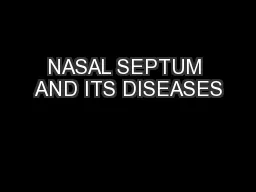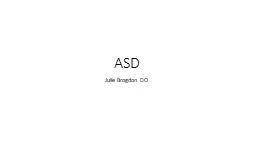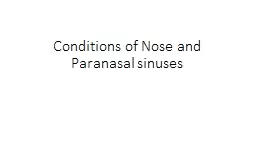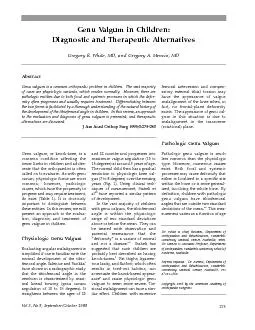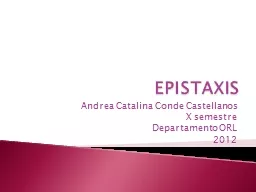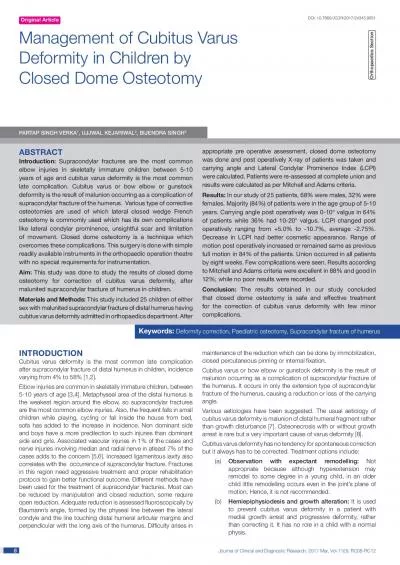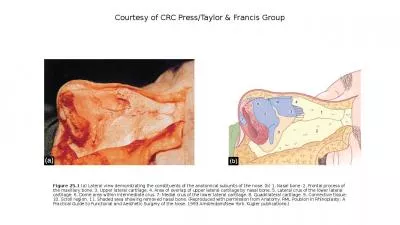PPT-nasal septum deformity in children
Author : min-jolicoeur | Published Date : 2016-03-17
Dr Sayed Mostafa Hashemi Figure 1 a Facial profile of a child 15 years of age and b his father 37 years Proportional differences in facial and brain skull
Presentation Embed Code
Download Presentation
Download Presentation The PPT/PDF document "nasal septum deformity in children" is the property of its rightful owner. Permission is granted to download and print the materials on this website for personal, non-commercial use only, and to display it on your personal computer provided you do not modify the materials and that you retain all copyright notices contained in the materials. By downloading content from our website, you accept the terms of this agreement.
nasal septum deformity in children: Transcript
Download Rules Of Document
"nasal septum deformity in children"The content belongs to its owner. You may download and print it for personal use, without modification, and keep all copyright notices. By downloading, you agree to these terms.
Related Documents


